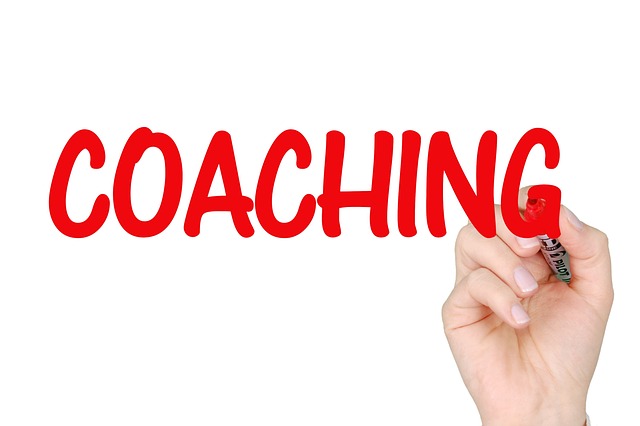
“Unlocking HR Success: Integrated Job Role Design Connections”
Unlocking the Potential of Your Workforce Through Integrated Job Role Design Connections
In today’s dynamic business environment, Human Resources professionals face the constant challenge of aligning people’s skills and aspirations with the evolving needs of the organization. At the heart of this challenge lies the concept of integrated job role design connections — a powerful approach that goes beyond traditional job descriptions to create roles that truly resonate with employees and drive organizational success.
What Are Integrated Job Role Design Connections?
Simply put, integrated job role design connections refer to the seamless alignment between individual job roles and the broader organizational ecosystem. It involves blending tasks, responsibilities, competencies, and interdepartmental collaborations into a cohesive structure that promotes efficiency, engagement, and innovation.
This approach recognizes that no job exists in isolation. Each role is interconnected with others, forming a network of relationships and workflows that, when optimized, can elevate overall performance. By integrating these connections during the design phase, HR can ensure roles are purpose-driven and flexible enough to adapt as business needs shift.
Why It Matters in HR Today
As HR professionals, you understand that people are your greatest asset. Yet, many organizations still struggle with roles that are either too rigid or vaguely defined, leading to confusion, inefficiency, and ultimately disengagement.
By embracing integrated job role design connections, HR teams can:
- Enhance Employee Engagement: When employees understand how their work connects to the bigger picture, they feel a greater sense of purpose and motivation.
- Encourage Collaboration: Designing roles with clear linkages encourages cross-functional teamwork and breaks down silos.
- Boost Agility: Integrated roles allow organizations to respond faster to market changes, as responsibilities and skill sets are mapped with strategic agility in mind.
- Improve Talent Development: Clear connections between roles help identify career pathways and developmental opportunities, aiding retention and growth.
Implementing Integrated Job Role Design Connections: Practical Tips
Getting started can feel overwhelming, but the process becomes manageable with the right mindset and tools. Here are some tips to infuse this philosophy into your HR practices:
- Map Out Existing Role Interdependencies: Use flowcharts or role matrices to visualize how tasks and responsibilities interconnect.
- Engage Employees and Managers: Collaboration is key — gather insights from those in the trenches to understand real-world workflows and pain points.
- Focus on Skills and Competencies: Instead of merely listing tasks, identify the skills that enable success in each connection point.
- Leverage Technology: HR software with integrated job design capabilities can simplify tracking and updating roles as the business evolves.
- Regularly Review and Adapt: The market never stands still, so periodically revisit job designs to keep them aligned with strategic priorities.
The Human Side of Integration
Ultimately, integrated job role design connections are about more than just structure — they’re about recognizing the human element at every link in the chain. When HR professionals thoughtfully craft these connections, they’re not only building better job roles but cultivating a stronger, more connected workforce.
If you’re ready to transform your approach and unlock HR success, embracing integrated job role design connections could be the game-changer your organization needs.



